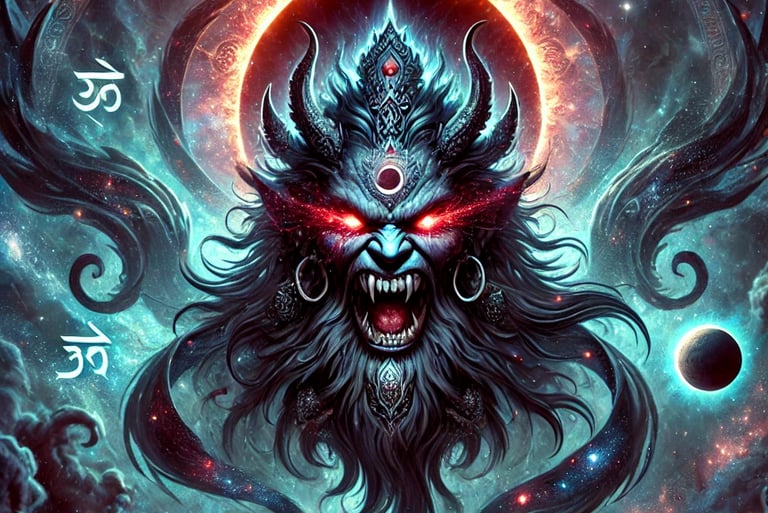Explore more :)
Celestial Spectacle: The 2025 Blood Worm Moon Eclipse and What You Need to Know
On March 11, 2025, skywatchers across the globe will witness a striking celestial event—a total lunar eclipse dubbed the Blood Worm Moon. This rare convergence of a full “Worm Moon” and a blood-red lunar eclipse promises a dramatic display, blending astronomy, folklore, and natural beauty. Here’s your guide to understanding and enjoying this phenomenon.
3/12/20253 min read


What’s in a Name?
The event’s evocative title combines two distinct traditions. The Worm Moon is the traditional name for March’s full moon, rooted in Native American and colonial folklore. As winter recedes, earthworms emerge from thawing soil, signaling the return of spring—a nod to nature’s cyclical rhythms. The Blood Moon refers to the reddish hue the moon takes during a total lunar eclipse, caused by sunlight filtering through Earth’s atmosphere. Together, they create a poetic fusion of seasonal change and cosmic alignment.


A total lunar eclipse occurs when the Sun, Earth, and Moon align perfectly, with Earth casting its shadow onto the Moon. Unlike a solar eclipse, this event is visible across all regions experiencing nighttime during the eclipse.
The Red Hue: During totality, the Moon doesn’t vanish but glows coppery-red. This happens because Earth’s atmosphere scatters shorter blue wavelengths of sunlight (a process called Rayleigh scattering), while longer red wavelengths bend around the planet and illuminate the Moon. The effect mirrors the colors of sunrise or sunset projected onto the lunar surface.
Phases of the Eclipse: The eclipse will unfold over several hours, starting with a subtle penumbral phase (where the Moon enters Earth’s outer shadow), followed by a partial eclipse, and culminating in totality. Depending on your location, totality could last up to 90 minutes, offering ample time to soak in the view.
When and Where to Watch
The eclipse will be visible in its entirety from the Americas, parts of Western Europe, and West Africa. Viewers in eastern Asia and Australia may catch partial phases as the Moon sets or rises. Key timing (in Universal Time):
Penumbral begins: 03:30 UTC
Partial begins: 04:45 UTC
Totality: 06:11–07:25 UTC
Partial ends: 08:40 UTC
Convert these times to your local zone for precise viewing. No special equipment is needed—just a clear sky and patience. For the best experience, head to a dark location away from city lights. Binoculars or a telescope can enhance details of the Moon’s surface during its transformation.
Lunar eclipses have long inspired myths and legends. Ancient cultures often interpreted the Blood Moon as an omen or celestial battle. In Hindu tradition, eclipses are linked to the demon Rahu devouring the Moon. Meanwhile, Indigenous tribes in North America viewed the Worm Moon as a sign to prepare for planting.
Cultural and Historical Resonance


The next total lunar eclipse won’t occur until 2027, making the 2025 Blood Worm Moon a must-see. Whether you’re an avid stargazer or a casual observer, this event offers a chance to connect with the rhythms of our planet and the wider universe. Mark your calendars, set your alarms, and look up—the sky is putting on a show.
Pro tip: If clouds interfere, check live streams from observatories or organizations like NASA, which often broadcast eclipses globally.
As the Blood Worm Moon rises, it invites reflection on the interplay of light and shadow, science and story—a celestial dance as old as time itself.
